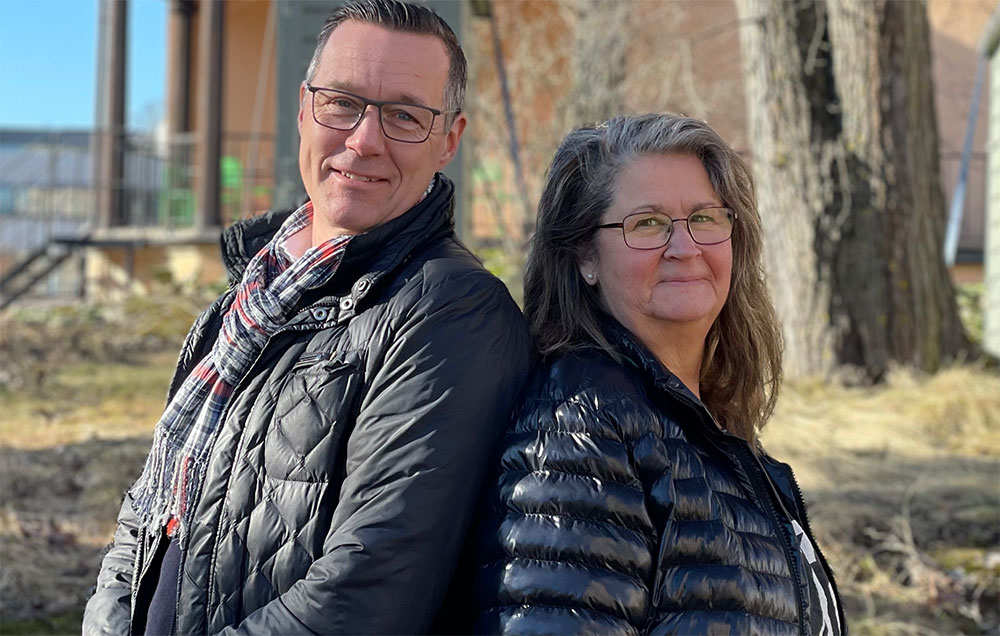Smart waste management at KTH saves money

KTH's waste management is good, according to Sabine Micksäter, sustainability strategist at the Sustainability Office, but staff and students could be better at sorting waste. Sorting would reduce the cost of waste disposal.
– Circular flows, where waste is considered a resource, also helps to reduce overall costs and decrease KTH's climate footprint.
A centralised environmental station is currently being set up on the KTH Campus. In addition, there are 36 smaller waste rooms on campus.
"When the central waste station is completed, the waste transport on campus will be reduced, and the result is cost savings," says Sandbrink Fält, group manager for the crafts group in the operations support centre.
Source-separated and hazardous waste material is considered operational waste, and is handled by KTH, unlike food waste, which Akademiska Hus takes care of.
Reduced costs with waste sorting
KTH pays 1.2 million Swedish kronor annually for waste removal.
"There are gains to be made by sorting waste correctly, as KTH receives compensation for corrugated cardboard, wood, metal and glass, Sandbrink Fält says. He also notes:
"Students and staff are responsible for sorting their waste at source, but getting everyone to do so is challenging.
Sabine Micksäter works, among other things, with KTH's compliance with waste management laws and regulations.
"The challenge may be that students and staff need help figuring out what to do or who to ask. It may also be that some people don't think that sorting waste material at source matters, since they think the material is mixed anyway. This is not true at all.
"Mismanagement of hazardous waste has the worst labour and environmental consequences, Micksäter says.
A large part of KTH's operations uses products classified as hazardous waste. Hazardous waste includes chemicals, batteries, electronics and biological waste. Micksäter emphasises that the KTH Campus is close to a national city park sensitive to chemical spills, for example.
"Anyone entering the labs must undergo training in chemical management before even being allowed access to lab environments. KTH has procedures for handling hazardous waste, but the procedures need to be followed, Micksäter says.
From waste to resource
Waste sounds negative, she add. Instead, we all need to start considering waste to be a resource to be reused or recycled.
"We hand in end-of-life IT products to a company that fixes the gadgets so others can use them. Then it no longer is considered to be waste Micksäter says.
KTH is also applying circular furniture flows.
"Instead of throwing away old office furniture, there is now an increased dialogue within KTH about borrowing and exchanging office furniture between different parts of KTH, without charging each other or having to deal with depreciation, concludes Sandbrink Fält.
Text: Marianne Norén marianno@kth.se
